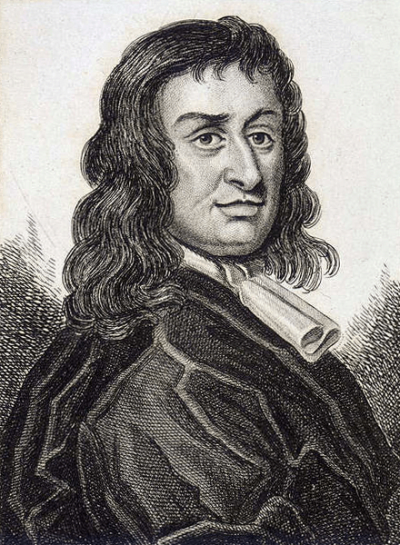The Crown Jewels of the United Kingdom, originally the Crown Jewels of England, are a collection of royal ceremonial objects kept in the Tower of London which include the coronation regalia and vestments worn by British monarchs.Symbols of over 800 years of monarchy, the coronation regalia are the only working set in Europe and the collection is the most historically complete of any regalia in the world. Objects used to invest and crown British monarchs variously denote their role as head of state of the United Kingdom and several countries of the Commonwealth, Supreme Governor of the Church of England, and head of the British armed forces. They feature heraldic devices and national emblems of England, Scotland, Wales and Northern Ireland.
Use of regalia by monarchs in England can be traced back to when it was converted to Christianity in the Middle Ages. A permanent set of coronation regalia, once belonging to Edward the Confessor, was established after he was made a saint in the 12th century. These holy relics were kept at Westminster Abbey, the venue of coronations since 1066, and another set of regalia was reserved for religious feasts and State Openings of Parliament. Collectively, these objects came to be known as the Jewels of the Crown. Most of the present collection dates from around 350 years ago when Charles II ascended the throne. The medieval and Tudor regalia had been sold or melted down after the monarchy was abolished in 1649 during the English Civil War. Only four original items predate the Restoration: a late 12th-century anointing spoon (the oldest object) and three early 17th-century swords. The regalia continued to be used by British monarchs after the kingdoms of England and Scotland merged in 1707.
The regalia contain 23,578 stones, among them Cullinan I (530 carats (106 g)), the largest clear cut diamond in the world, set in the Sovereign's Sceptre with Cross. It was cut from the largest gem-quality rough diamond ever found, the eponymous Cullinan, discovered in South Africa in 1905 and presented to Edward VII. On the Imperial State Crown are Cullinan II (317 carats (63 g)), the Stuart Sapphire, St Edward's Sapphire, and the Black Prince's Ruby a large red spinel. The Koh-i-Noor diamond (105 carats (21 g)) was acquired by Queen Victoria as a spoil of war from India and has featured on three consort crowns. A small number of historical objects at the Tower are either empty or set with glass and crystal replicas.
At a coronation, the monarch is anointed using holy oil poured from an ampulla into the spoon, invested with robes and ornaments, and crowned with St Edward's Crown. Afterwards, it is exchanged for the lighter Imperial State Crown, which is also usually worn at State Openings of Parliament. Wives of kings are invested with a plainer set of regalia, and since 1831, a new crown has been made specially for each queen consort. Also regarded as crown jewels are state swords, trumpets, ceremonial maces, church plate, historical regalia, banqueting plate, and royal christening fonts. They are part of the Royal Collection and belong to the institution of monarchy, passing from one sovereign to the next. When not in use, the Jewels are on public display in the Jewel House and Martin Tower, where they are seen by 2.5 million visitors every year.
Colonel Thomas Blood (1618 – 24 August 1680) was an Anglo-Irish officer and self-styled colonel best known for his attempt to steal the Crown Jewels of England from the Tower of London in 1671. Described in an American source as a "noted bravo and desperado," he was known for his attempt to kidnap and, later, to kill, his enemy, James Butler, 1st Duke of Ormond.

 English
English  español
español  français
français  português
português  русский
русский  العربية
العربية  简体中文
简体中文 
